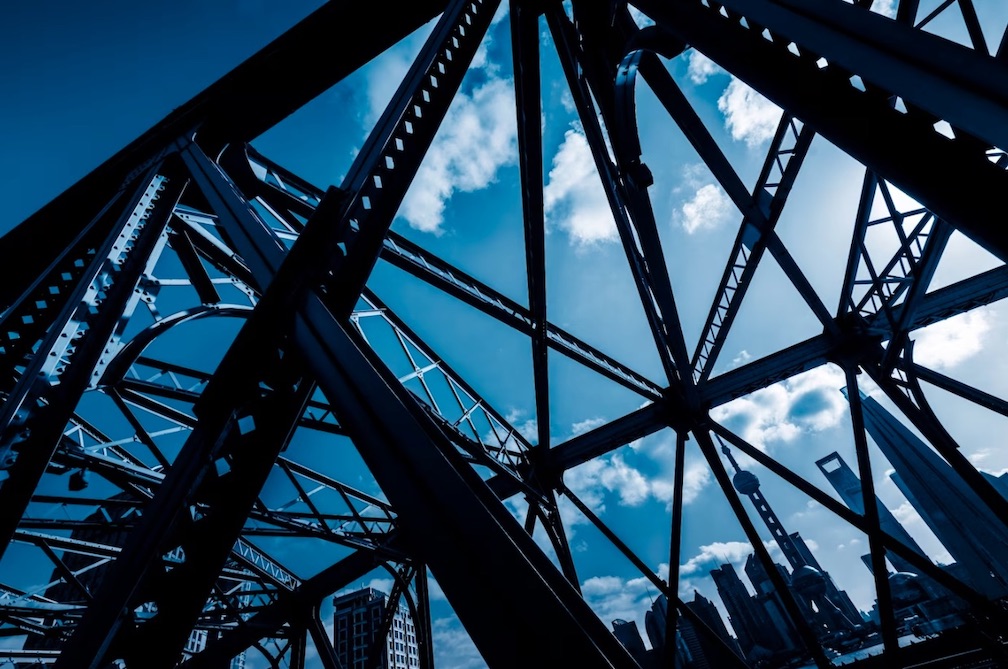The Versatility And Sustainability Of Structural Steel
- Written by Daily Bulletin

Structural steel stands as a cornerstone of modern construction, renowned for its exceptional strength, durability, and flexibility. Serving as the backbone of skyscrapers, bridges, and various infrastructures, it offers a robust foundation that supports architectural innovation and engineering excellence. In this exploration, we delve into the multifaceted realm of structural steel, uncovering its properties, applications, and prospects in the dynamic landscape of construction.
Properties of Structural Steel: A Foundation of Strength and Durability
Structural steel boasts an impressive array of properties that make it a preferred choice in construction. Its high strength, durability, and resistance to corrosion ensure longevity and reliability in various environmental conditions. Additionally, its malleability and ease of fabrication enable intricate designs and efficient construction processes, promoting both structural integrity and aesthetic appeal.
The Versatility of Structural Steel Shapes: Enhancing Design Possibilities
Exploring the diverse range of structural steel shapes reveals its versatility and adaptability in construction projects. From HSS to I-beams, each shape offers unique advantages that optimize structural integrity and efficiency. By accommodating architectural creativity and engineering innovation, structural steel Sydney shapes pave the way for groundbreaking designs that push the boundaries of possibility.
Strength and Sustainability: A Holistic Approach to Construction
At the heart of structural steel construction lies a commitment to strength and sustainability. Its exceptional load-bearing capacity and resilience against natural disasters ensure the safety and longevity of structures, protecting both lives and investments. Moreover, its recyclability and energy-efficient properties promote eco-friendly construction practices, reducing waste and carbon emissions while maximizing resource utilization.
Challenges and Limitations: Navigating the Complexities of Construction
Despite its numerous benefits, structural steel construction presents challenges and limitations that require careful consideration. From corrosion prevention to fire safety measures, addressing these complexities is essential to ensuring the integrity and longevity of steel structures. Through proper detailing, design strategies, and adherence to safety standards, these challenges can be overcome, paving the way for successful construction projects.
Innovative Developments and Future Trends: Shaping the Future of Construction
Looking ahead, innovative developments and future trends promise to revolutionize structural steel construction. Advancements in fabrication technology, such as 3D printing, offer precision, efficiency, and sustainability, reshaping the manufacturing landscape. Additionally, updated coding and standards, coupled with forecasting future trends, drive continuous improvement and adaptation to evolving market demands.
Conclusion: Embracing the Promise of Structural Steel
In conclusion, structural steel remains a stalwart companion in the ever-evolving world of construction. Its unparalleled strength, versatility, and sustainability make it an indispensable asset in building the cities of tomorrow. By embracing its potential, addressing its challenges, and embracing innovation, we can unlock new possibilities and create a future where structural steel continues to shape the world we live in.
FAQs
What is considered structural steel?
Structural steel is a category of steel used specifically for construction purposes. It's characterized by its shape, strength, durability, and other physical properties that make it suitable for building massive structures like bridges, skyscrapers, and other civil engineering projects.
What are the 4 classifications of structural steel?
Structural steel is classified into four types: carbon steel, high-strength low-alloy steel, alloy steel, and stainless steel. Each type varies in composition, properties, and specific uses in construction and engineering projects.
What is the most common structural steel?
The most common structural steel is Carbon Steel, typically known as mild steel. It consists mostly of iron along with small amounts of carbon, offering robust strength and durability. It’s widely used in construction due to its cost-effectiveness and adaptability.
What is the difference between steel structure and structural steel?
Steel structure refers to an assembled structure made of steel parts, like buildings or bridges. However, structural steel is a category of steel used for making construction materials, which can be shaped into specific forms or structures.





